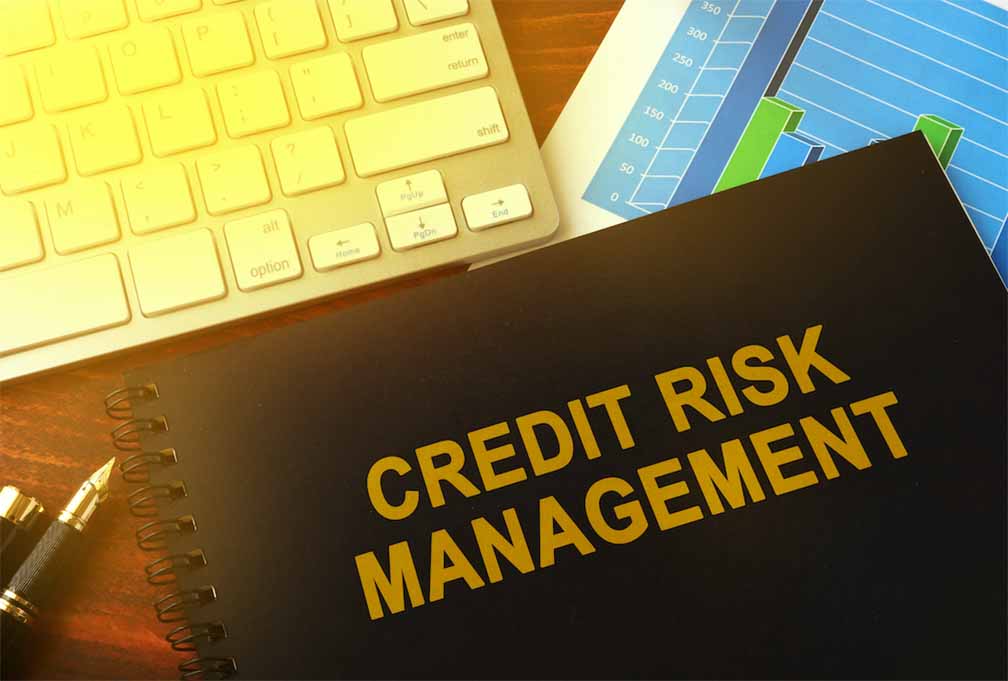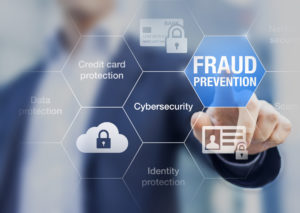Credit risk management is how financial institutions and other lenders assess the likelihood of a borrower defaulting on their debt obligations. It involves identifying, measuring, and mitigating risks associated with lending and making credit decisions. This critical financial practice ensures that the lender minimizes potential losses while maintaining a healthy credit portfolio.
Credit Risk Management, Explained
The primary goal of credit risk management is to maximize a bank’s risk-adjusted rate of return by maintaining credit risk exposure within acceptable parameters. This is achieved through a well-structured process that begins with the client applying for credit and continues throughout the life of the loan. The method includes the following steps:
Credit Assessment: Lenders begin by collecting information about the borrower’s financial health, including credit history, current income, and assets. This data helps evaluate the borrower’s ability and willingness to repay the loan.
Risk Rating Models: Financial institutions use various risk rating models to quantify the likelihood of default. These models consider multiple variables that influence credit risk, such as economic conditions, industry health, and the borrower’s financial metrics.
Credit Decision: Based on the risk assessment, lenders decide whether to extend credit, the amount of credit, and the loan terms, including interest rates and repayment periods.
Credit Risk Monitoring and Mitigation: Ongoing credit portfolio monitoring is essential. Lenders regularly review borrowers’ financial status and adjust their credit risk policies and exposure accordingly. Risk mitigation strategies might include diversifying the lender’s portfolio, securing collateral, or restructuring existing loans.
Compliance and Reporting: Credit risk management also involves ensuring compliance with regulatory requirements and internal policies. Regular reporting on credit risk exposures and audits by external regulators are part of the compliance process.
Why is Credit Risk Management Important?
Credit risk management is vital for several reasons:
Financial Stability: Effective credit risk management protects the financial health of institutions by preventing excessive bad debt losses.
Regulatory Compliance: Lenders are required to manage their credit risks to comply with both national and international regulatory standards.
Reputation: Institutions that manage risks effectively are seen as secure and reliable, which can attract more clients and investors.
Profitability: By carefully managing credit risks, institutions can maintain a profitable balance between risks and returns.
Common Credit Risk Management Challenges
Economic Uncertainty
Economic downturns can drastically affect the ability of borrowers to repay loans. Changes in interest rates, inflation, and unemployment rates can all destabilize borrowers’ financial stability, increasing credit risk for lenders.
Technological Challenges
The rapid advancement of technology requires continuous updates to risk management systems. Older systems may struggle to handle high-volume data analytics, which is critical for modern risk assessment techniques.
Regulatory Compliance
Staying compliant with new and evolving regulations can be challenging. Each change requires adjustments in the management strategies and systems used by financial institutions.
Data Management
Effective credit risk management requires high-quality data. However, collecting, processing, and analyzing large amounts of data while ensuring its accuracy and privacy can be complex and resource-intensive.
Integration of Environmental, Social, and Governance (ESG) Factors
Increasingly, credit risk management must consider ESG factors, which can influence borrower risk profiles and affect long-term risk assessment.
Credit Risk Management Best Practices
Implement Comprehensive Risk Assessment Tools
Advanced analytics and machine learning models can enhance the accuracy of credit scoring and risk assessment, providing a more dynamic and detailed analysis of potential risks.
Regular Review and Adjustment of Credit Policies
Credit policies should be regularly reviewed and updated to reflect current market conditions and economic forecasts. This ensures that the risk management strategy remains relevant and effective.
Diversification of Portfolio
Diversifying the credit portfolio across different industries, regions, and borrower types can spread risk and reduce potential losses from any single sector or borrower group.
Strengthen Risk Culture
Fostering a strong risk management culture within the organization ensures that all levels of staff understand and commit to the practices and goals of risk management.
Leverage Data Effectively
Investing in technology to improve data collection, processing, and analysis capabilities can significantly enhance decision-making processes and risk monitoring efficiency.
Credit risk management is an integral part of the financial services industry and is crucial for maintaining the health and stability of financial institutions. By understanding and implementing effective risk management strategies, lenders can safeguard themselves against potential losses while supporting economic growth through prudent lending.
Register for Our Certified Risk Specialist Certification to Learn More!
BankersHub is a leading provider of financial certifications and training solutions. Our Certified Risk Specialist (CRS) certification allows you to elevate your professional expertise in the highly valued specialty of credit risk management. From advanced risk assessment techniques to navigating the labyrinth of regulatory compliance, this certification covers it all. The CRS certification is taught by seasoned industry veterans who will equip you with skills that can be immediately applied to your daily professional life. With the CRS certification, you won’t just manage risk; you’ll master it. Register today and define your future in the world of banking and finance!








